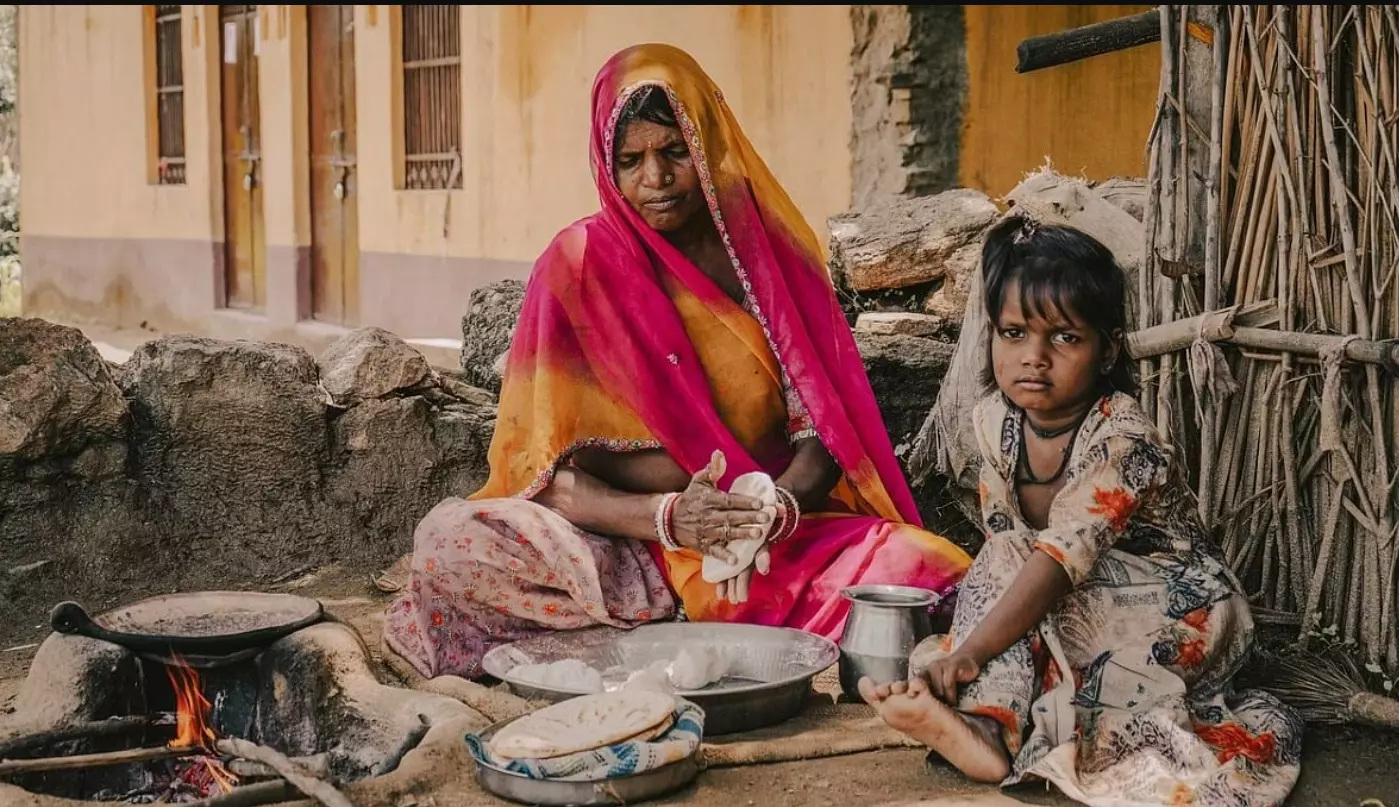Optics over substance?

The 2023 Global Hunger Index (GHI) and the State of Food Security and Nutrition in the World (SOFI) report presented a very grim picture of hunger and malnutrition in India. While the GHI ranked India 111th out of 125 countries, based on parameters of child stunting, wasting, and undernourishment, the SOFI estimated that between 2020 and 2022, around 74 million people in India were undernourished. As India has now marched forth in a brand new year, addressing this gargantuan woe should be the most primary challenge.
India’s GHI score of 27.3 in 2024 remained in the “serious” category. As is well known, GHI scores are calculated combinedly on the basis of undernourishment, child wasting, child stunting, and child mortality. While India has improved its child mortality rates since 2000, it still has the highest child wasting rate in the world, and the stunting rate remains alarmingly high. This is despite various government schemes aimed at addressing malnutrition, such as the Integrated Child Development Services (ICDS) and the Poshan Abhiyaan, among others. Interestingly, the government, which had previously refuted the GHI’s methodology, remained silent on the 2024 report. In earlier years, officials questioned the reliance on child-focused indicators and the use of small-scale surveys. However, this time around, the GHI authors reportedly included data from India’s 2022-23 Household Consumption Survey—potentially making the findings harder to dispute. The time is ripe that the government completely sheds its attitude of questioning credible data, and rather acknowledges the problem at hand, so that it can be addressed comprehensively.
The issues go beyond statistics. Ground realities reveal glaring gaps in the implementation of food and nutrition schemes. Anganwadi centres, which are crucial for delivering nutrition to children and women, often face numerous undocumented challenges. The linkage of Aadhaar to beneficiaries has further complicated access. This ultimately leaves out many deserving individuals due to lack of documentation or other technical glitches. Anganwadi workers and supervisors are also reported to have highlighted issues with the Poshan Tracker application, which was introduced to monitor beneficiaries. These issues are compounded by a lack of regular health checkups for malnourished children, inadequate supply of essential medicines, along with limited counselling for mothers.
Despite government claims of progress, such systemic failures point to deeper problems in addressing hunger and malnutrition. Experts argue that child undernutrition is often linked to the poor nutritional status of mothers, which reflects broader issues of inequality, lack of education, and inadequate healthcare access. While economic growth has lifted many out of poverty, it has not translated into equitable improvements in food and nutrition security. Reliable and updated data are essential for understanding the scale of the problem and implementing effective policies. Without such information, policymaking risks being driven more by optics than substance. The fight against hunger requires urgent and sustained attention at multiple levels. Strengthening social security programmes, improving access to quality healthcare, ensuring timely delivery of rations, and empowering frontline workers like Anganwadi staff are critical steps. Beyond this, there is a need for broader structural changes to address income disparities and social inequalities that perpetuate food insecurity.



